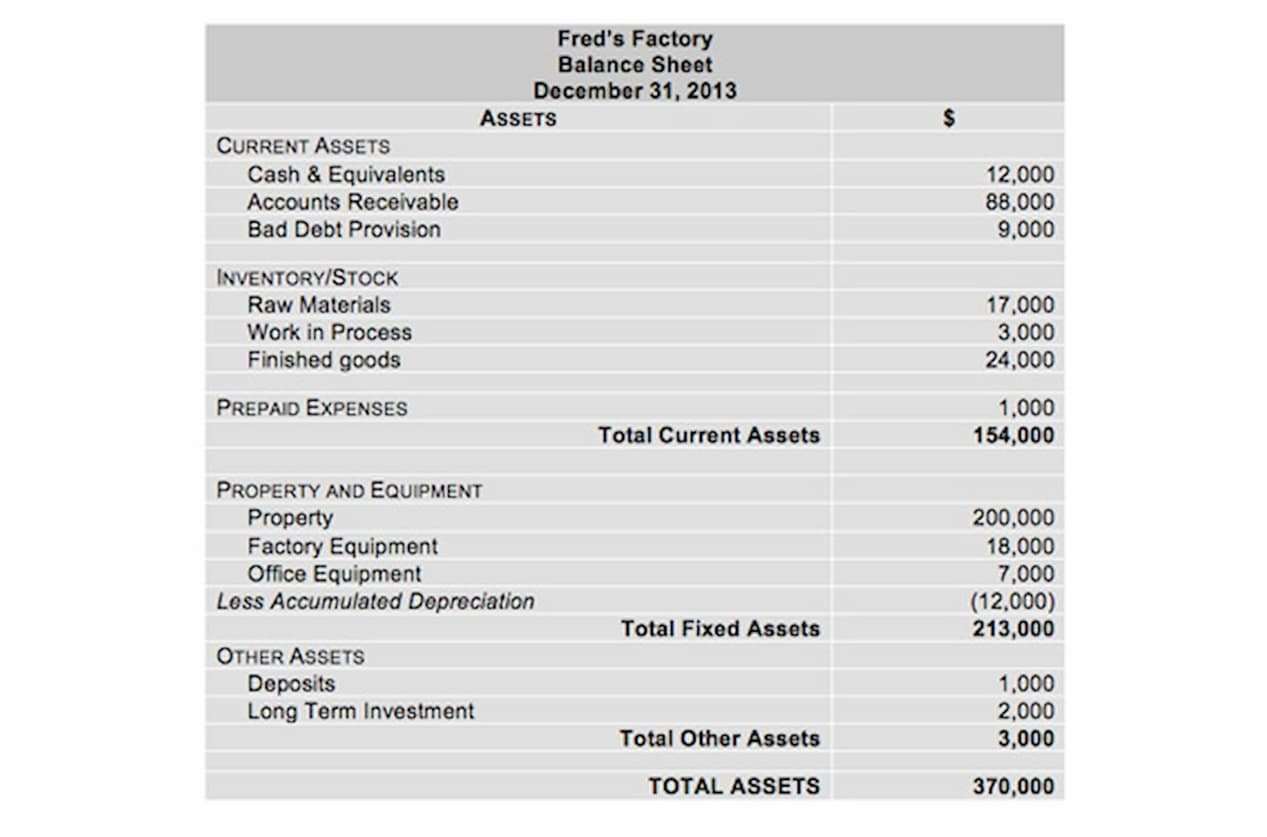
Companies need to market their offerings, attract customers, make sales, and ensure timely payment collection to keep the cycle running smoothly. Efficient management of the operating cycle is essential for businesses to ensure smooth operations and profitability. By analyzing each stage of the cycle, companies can identify bottlenecks, streamline processes, and optimize cash flow management. Understanding how an operating cycle works and being able to calculate it can provide valuable insights for businesses looking to optimize their processes and ultimately create a more productive work environment. In this article, we will delve into the intricacies of the operating cycle, explore its components, discuss the importance of calculating it, and provide practical tips for improving and managing operating cycles effectively. When a company takes too long to collect its accounts receivable, has too much inventory, or pays its expenses too quickly, it lengthens the CCC.

Management
The working capital cycle, or “cash conversion cycle,” counts the number of days needed by a company to fulfill its unmet current operating liabilities and collect the cash proceeds from customers on its earned revenue. Businesses benefit from successful operational processes by increasing their cash flow, which has a favourable impact on other areas law firm chart of accounts of their operations. Business owners may benefit from cutting expenses while accelerating production and enhancing quality.

How to Calculate Working Capital Ratio
- To help with this our financial projections template, calculates the operating cycles on the ratios page.
- When a company collects payments quickly, correctly forecasts inventory needs, or pays its bills slowly, it shortens the CCC.
- Companies with significant working capital considerations must carefully and actively manage working capital to avoid inefficiencies and possible liquidity problems.
- By following these steps and accurately calculating the operating cycle, businesses can gain valuable insights into their working capital management and operational efficiency.
- Accelerate payment recovery from delinquent customers and boost cash flow through automated collection workflows.
- A longer DPO indicates that you are retaining cash for a more extended period, which can be advantageous for working capital management.
Then, subtract the average payment period from the total obtained in the previous step. In parallel to receiving payments from customers, companies also have to manage bookkeeping accounts payable. This involves paying suppliers for raw materials or services received, ensuring a continuous flow of resources for operations.
- Accounts receivable management is a critical aspect of your operating cycle, focusing on ensuring that your customers pay you promptly for the goods or services you’ve provided.
- If two companies have similar values for return on equity (ROE) and return on assets (ROA), investors may choose the company with the lowest CCC value.
- The operating cycle is equal to the sum of DIO and DSO, which comes out to 150 days in our modeling exercise.
- Operating cycle refers to number of days a company takes in converting its inventories to cash.
- We reached out to industry experts to gather their insights on how businesses can effectively manage their operating cycles.
- Knowledge of a firm’s operating cycle could assist in establishing its financial condition by providing a sense of whether or not it will be capable of paying off any creditors.
- Therefore, the working capital peg is set based on the implied cash on hand required to run a business post-closing and projected as a percentage of revenue (or the sum of a fixed amount of cash).
Accounts Payable Solutions
A shorter DSI indicates efficient inventory turnover, which is essential for cash flow and reducing carrying costs. Managing your accounts payable efficiently is equally important in optimizing your operating cycle. By extending payment terms without straining vendor relationships, you can retain cash for a longer duration. Now that you have a solid understanding of the operating cycle and how to calculate it, let’s explore practical strategies that can help you optimize and enhance the efficiency of your operating cycle. These strategies are fundamental for businesses looking to improve their cash flow, reduce working capital requirements, and ultimately boost profitability.

- Besides his extensive derivative trading expertise, Adam is an expert in economics and behavioral finance.
- The operating cycle, often referred to as the cash conversion cycle, is a fundamental concept in financial management.
- This involves paying suppliers for raw materials or services received, ensuring a continuous flow of resources for operations.
- It also covers the business stages where the company takes credit from suppliers and provides credit to clients.
- By implementing JIT inventory practices, you reduce excess stock of gemstones and beads.
- « Managing the operating cycle requires a deep understanding of each component and how they interact with each other. By optimizing each stage, businesses can streamline their operations and improve cash flow. »
When the operating cycle is shorter, it indicates frequent sale of products, which lets the businesses learn about the extensive demand for the product in the market. On the contrary, if the operating cycle formula reveals longer cycle, it comes as a warning sign for the businesses, indicating lesser movement of inventory in the market, which means the items might not be performing well. The cash conversion cycle (CCC) represents the whole business operating process from the acquisition of raw materials until the product or service is delivered. It also covers the business stages where the company takes credit from suppliers and provides credit to clients. On the other hand, a longer business operating cycle can strain cash flow, as money is tied up in inventory and receivables for an extended period.

Example of Average Payable Period (APP)

So, from the above-given data, we will first calculate the Inventory Period (days) of Apple Inc. In such cases, the company would not need any kind of financial debt; thus, no interests to be paid. This situation put the company in a very strong position in case of economic turmoil, creating a business moat against competitors. Upgrading to a paid membership gives you access to our extensive collection of plug-and-play Templates designed to power your performance—as well as CFI’s full course catalog and accredited Certification Programs. Upon extending the 2017 hard-coded assumptions and step function into the rest of the years, we can calculate the historical CCC for 2018 to 2020. If CCC is trending downward relative to previous periods, that would be a positive sign, whereas CCC trending upward points towards operating cycle potential inefficiencies in the business model.

Laisser un commentaire